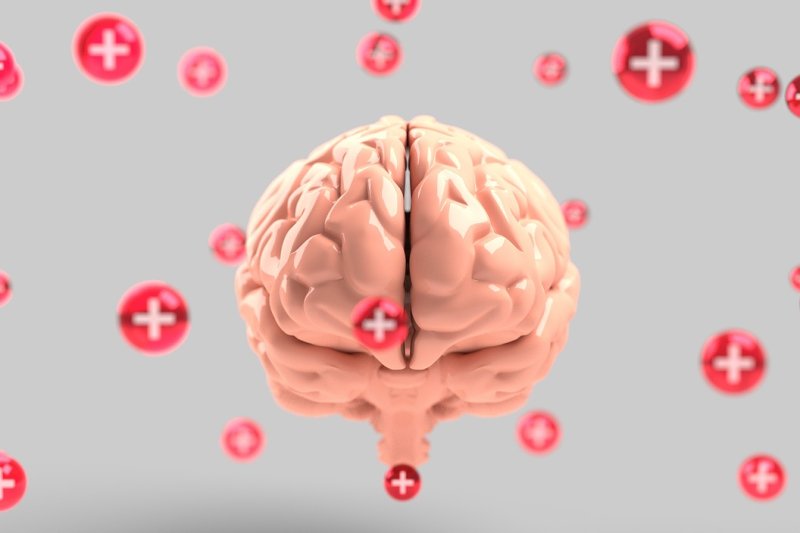A Kaiser Permanente study indicates ADHD is becoming increasingly common among adults, but diagnosis differs along racial and ethnic lines. Photo by
QuinceMedia/Pixabay
Nov. 1 (UPI) -- More and more American adults are being diagnosed with attention-deficit hyperactivity disorder, but certain demographic groups are more likely to pursue evaluation and treatment, according to a study published Friday in the journal JAMA Psychiatry.
Over the past decade or so, studies have estimated that roughly 6 million adults in the United States have ADHD. However, the condition goes undiagnosed in people over 18 years of age because it's more often associated with children.
In their analysis of the data on more than 5.2 million adults and 850,000 children in the Kaiser Permanente health system, however, researchers found prevalence of ADHD more than doubled among adults over a 10-year period ending in 2016, to nearly 1 percent. During the same period, prevalence among children increased by roughly 25 percent, to nearly 4 percent.
"[The growth] could reflect increasing recognition of ADHD in adults by physicians and other clinicians as well as growing public awareness of ADHD during the decade of study," study co-author Dr. Winston Chung, a psychiatrist at Kaiser Permanente of Northern California, told UPI.
Perhaps even more significantly, however, the research team also noted racial and ethnic disparities in ADHD diagnosis. During the study period, annual prevalence of ADHD in adults increased for every race and ethnicity, but white individuals still had the highest rate, at 1.42 percent, compared to black adults at 0.69 percent, Native American adults at 1.14 percent, Hispanic or Latino adults at 0.65 percent and Asian-American adults at 0.35 percent.
"Previous research has shown racial and ethnic differences in ADHD prevalence and [our] study was an opportunity to explore differences among a broad range of racial/ethnic groups within a large population of Northern California," Chung said. "Further research must be done to understand the reasons for [these] disparities, [but] possibilities include differences in treatment seeking and/or opinions on mental health, differences in detection or attribution of ADHD symptoms and/or cultural influences on the manifestation or expression of ADHD."
While Chung and his colleagues observed that ADHD is still more common among boys or men than girls or women, they also noted that among adults the condition is more likely to be diagnosed between 18 and 24 years of age, those who have been divorced and those who have a college degree.
They also found that ADHD is more common among those who have an eating disorder, depression, bipolar disorder or an anxiety disorder.
These differences, as well as the disparities along racial and ethnic lines, Chung said, may be attributable to lack of knowledge about ADHD and its symptoms within these demographic groups.















